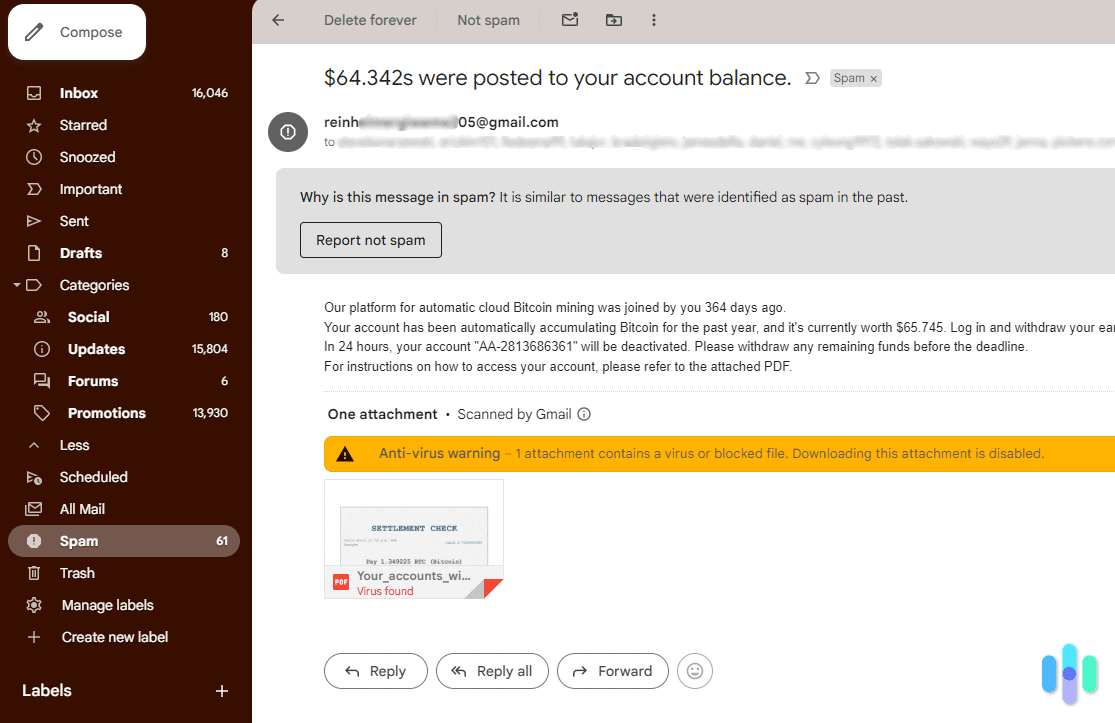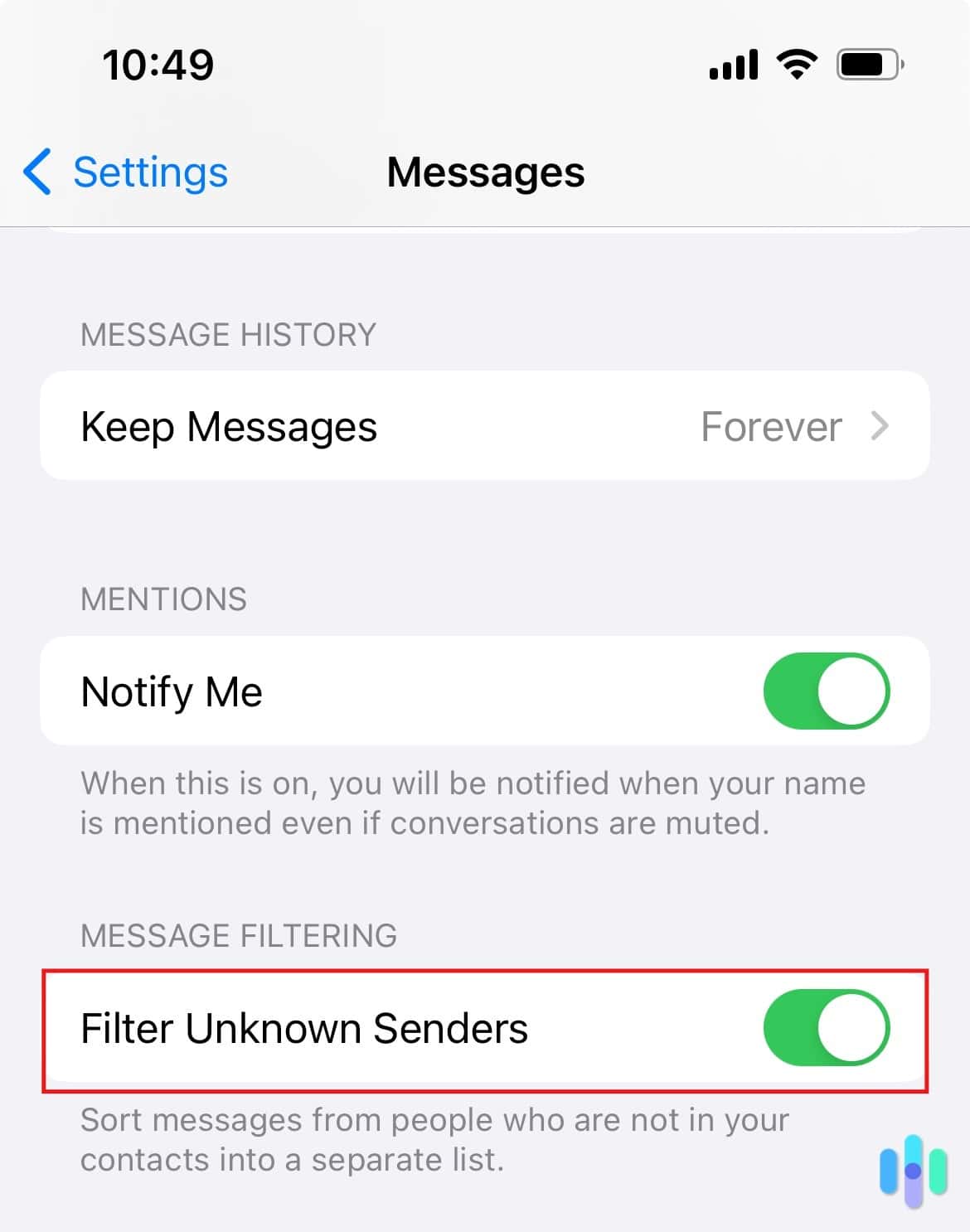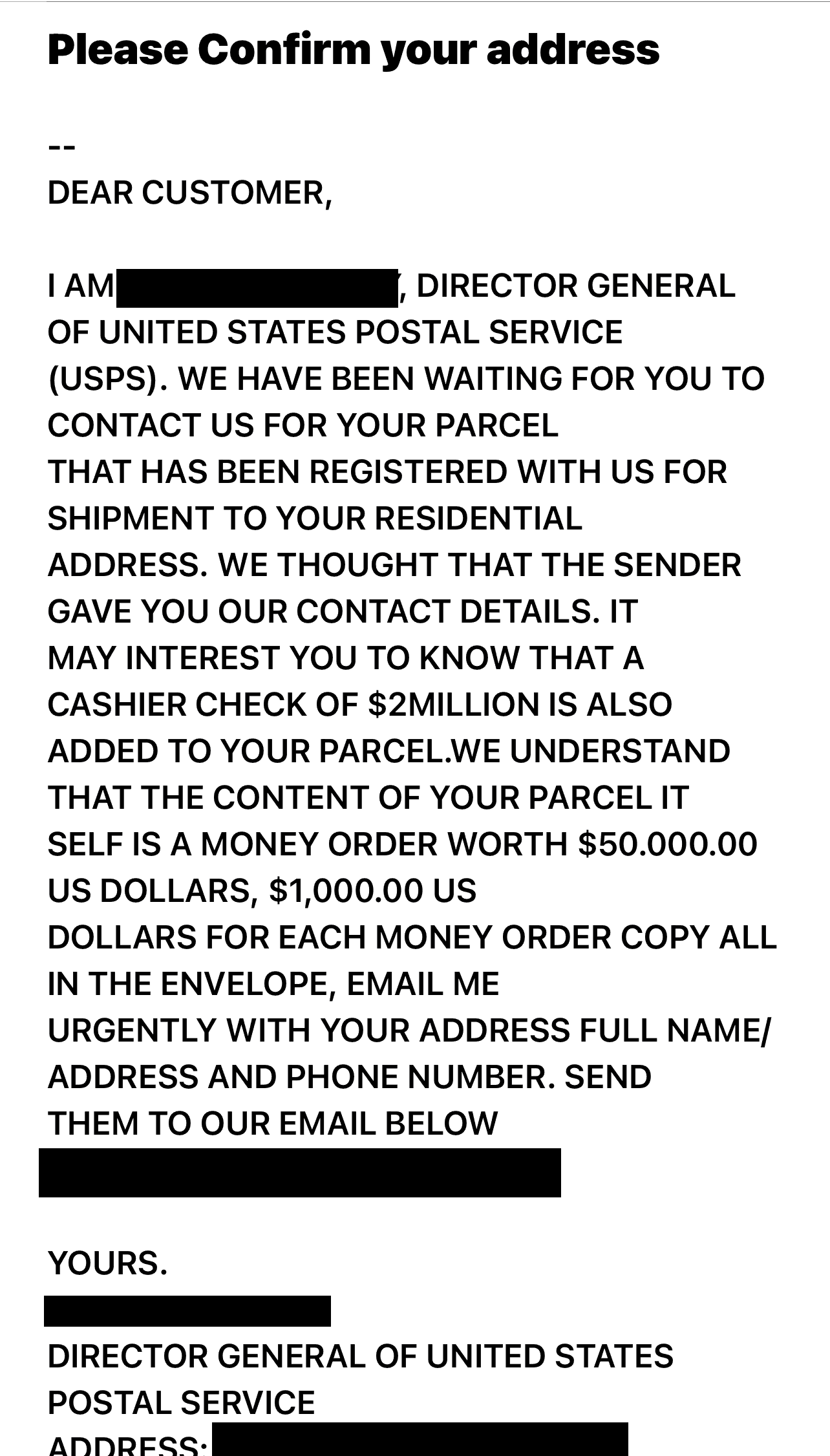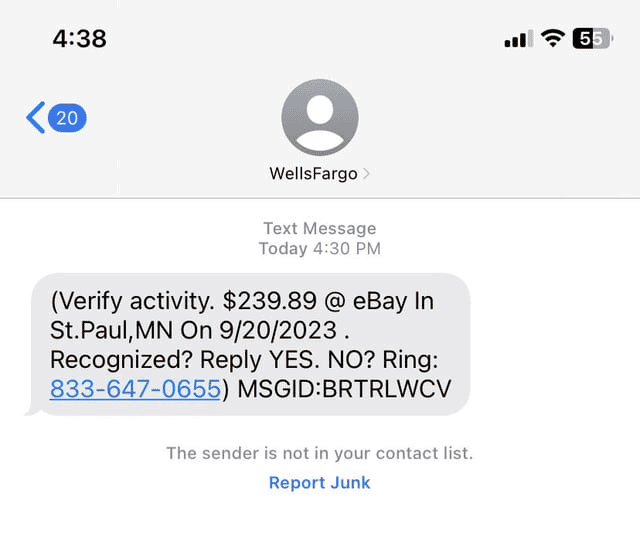Spam feels like an unavoidable part of our digital lives. From unwanted marketing emails to questionable DM’s, spam comes in many different forms. Apart from being incredibly annoying, it also puts your information and your devices at risk.
Our team of experts conducted a 900 person survey in 2024 to analyze their knowledge about phishing. When we asked the group to match phishing to its definition, only 88 percent got it right. That alone told us we needed to cover the subject of spam in its entirety so that more people could stay protected online.
This article breaks down the different types of spam and teaches you how to prevent these unexpected cyberattacks.
>> Check Out: Digital Security and Identity Theft Guide
What Is Spam?
Spam is a form of unsolicited communication that is sent to a large number of recipients. As technology advances and subsequently unlocks new channels of communication, the likelihood of getting spammed increases exponentially. In the ’90s, when the use of email became popularized (and eventually required for our daily lives), spam found one of its main outlets. Eventually, the phenomenon spread to other platforms, like text messages and social media.
It has now become such a global dilemma that many countries have implemented legislation to combat it. However, it still remains a significant issue that directly affects our daily lives. The best way to combat spam is to learn how to recognize it, how it’s being used, and how to prevent it.
Why Is It Called Spam?
You probably know SPAM as the canned processed meat your mom keeps in the cupboard. So how on Earth did the term “spam” become a reference for potential phishing attempts or attacks?
In the 1970s, a British sketch comedy group by the name of Monty Python rose to prominence. One of their skits featured two customers ordering breakfast at a cafe. Much to their surprise, every single dish on the menu featured spam as the main ingredient.
The cast recited the word spam over and over until they eventually burst into a full-fledged song about spam. Their chanting was so repetitive and bothersome that spam became associated with annoying messages.
Types of Spam
We all know the feeling of sitting in front of the computer and opening your inbox only to find unwanted messages from unknown senders. Unfortunately, email spam is one of the most common types of spam on the market, but certainly not the only one.
In fact, spam can happen in almost every digital format imaginable, from texts to blogs to social media and even phone calls. These are some of the most common types of spam, so you can spot them with ease:
Email Spam
Starting off with the most well-known, email spam has affected all of us at one point or another. It tends to come in three main forms:
- Phishing: When the sender poses as a legitimate person or business.
- Baiting: An email that comes with a free prize (freebie) in exchange for personal information.
- Anti-Spam Spam: Ironically, some spammers offer “anti-spam” solutions that ultimately contain viruses and dangerous links.

FYI: There are some antivirus softwares that block phishing attempts. Learn about the best antivirus software that’s been tested countless times by our digital security experts.
SMS Spam
Similar to email spam but sent via text. Many senders use robots to deliver thousands of messages to random numbers until recipients interact with the message (open the text, click on links, etc.). Once they confirm the number is in use, they continue spamming that person, sometimes from multiple numbers at the same time.
Messenger Spam
These spam messages are received on messenger websites (social media platforms like Instagram and Facebook are some of the most common). Phishing is very prevalent in this type of spam. Many of the messages contain malicious software that could infect your electronics and even grant them access to your online accounts.
>> Read More: Antivirus Report 2025
SEO Spam
Spammers use techniques like “keyword stuffing” to manipulate users into clicking on deceptive content. Other sneaky tactics like “negative SEO” can sabotage your website’s placement in search engine rankings by removing high-quality backlinks, creating fake reviews, making duplicate versions of the website’s content, and more.
Phone Spam
Have you ever received a call from an unknown number with a suspicious prerecorded message? These spam calls use pain and pleasure to manipulate the person on the other side of the phone. Some spammers pretend to represent a medical office or financial institute, while others make false claims about prizes and lottery winnings.
Surfshark Alternative ID generates an alias – name, email address, phone number, and other personal details – so you can sign up for online services without revealing your identity, shielding you from data breaches and spam.

Romance Scams
Romance scams usually happen on dating apps. Scammers use these dating apps and sites to dupe you so they can steal your identity, get gifts, cause you harm, or use you for their own entertainment.
Social Media Spam
The rise of social media platforms has made people more susceptible to cyberattacks. Many spammers take advantage of these new avenues to create fake accounts, leave pesky comments, and send unsolicited messages.
FYI: Romance and social media scams are incredibly popular, especially on sites like OnlyFans. Read our guide Is OnlyFans Safe? to learn how to protect yourself while still enjoying the app.
Blog Spam
This type of spam is especially common in food blogs. Spammers leave unrelated comments on blog posts, typically promoting a special offer with backlinks to malicious websites.
>> Read Next: Guide to Chatbot Scams and Security: How to Protect Your Information Online and at Home
How to Identify Spam
Some spam can be tricky to identify. Others are in your face and easier to distinguish. Here are some clear giveaways so you don’t fall victim to online spammers.
Unknown Senders
Let’s face it. We all receive messages from unknown senders from time to time. Whether it’s the doctor’s office, a job recruiter, or even a message from a long-lost family member, it’s bound to happen at some point. But be weary because, more often than not, spam is also dispatched from an unknown sender.
Lousy Grammar
Most spam messages are poorly constructed. With an unrelatable tone of voice and grammatical errors, this inconsistent formatting is an easy giveaway.
Unrealistic Offers
When you receive an unexpected offer that’s too good to be true, chances are it is. Spammers love to feed off emotional marketing triggers and take advantage of people who are gullible to special deals.
Requires Urgent Action
Messages that pressure you to take urgent action can be deceptive. Be mindful of which messages you choose to respond to.
No Unsubscribe Button
It is a CAN-SPAM legal requirement for business entities to include an unsubscribe link in all email marketing communications. If there’s no easy way to opt-out, it’s probably spam.
Requesting Personal Information
Never give out your personal information to unknown recipients. Most prestigious institutions will not ask for your personal data, even if they are the ones reaching out to you. If you receive a suspicious message requesting private information, report it immediately.
Did You Know: Spam doesn’t just stop with one phone call or one email. Expert scammers send spam via text messages, too. Our article, Phishing Text Messages: A Guide to “Smishing,” can help you stay protected.
How to Prevent Spam
There is no single solution that can fully protect users from receiving spam, but luckily there are some steps you can take to prevent being scammed.
Use Filters
Every email platform has a “Junk Mail” section that uses automatic filters to evaluate which messages are allowed in your inbox. Many smartphones also have a built-in feature that filters spam calls and texts. Make sure these features are active on all your devices.

Block Images in HTML Messages
If you open a message with this feature turned off, all the external content will be automatically downloaded. When an email is opened and images are downloaded, it sends a notification to the spammer and validates your email server. This ultimately leads to more messages and malicious attempts.
Avoid Sharing Your Information
Be cautious when sharing your information. Free gifts in exchange for your email address can seem tempting, but it’s hard to tell which websites are worth trusting.
>> Check Out: Best VPN in 2025
Recap: What Is Spam?
Spam is a form of unsolicited communication that can be sent through various means including text messages, emails, social media, blogs, phone calls, and more. It’s often used for advertising, phishing, and spreading malware.
Although there is no definite solution that can completely eradicate spam, users can protect themselves by refraining from sharing personal information online and by using filters for their emails and mobile devices.
Frequently Asked Questions
-
Why is spam harmful?
Spam messages can include malicious links and attachments that track your data and deliver malware to your devices. They can also take advantage of vulnerable recipients by manipulating them into sharing personal information that’s later compromised and used for identity theft.
-
Why am I getting spam emails?
You could be receiving spam due to a number of reasons: your email address was added to a mailing list, your information was leaked, shared publicly, or sold, you previously clicked on a spam email, or you simply have weak spam filters. If you’re receiving an increasing amount of spam messages, it means someone is trying to access your personal information. Be mindful of the websites you visit, the links you click, and the information you provide.
-
Why am I receiving so many spam text messages?
There are many explanations as to why you’re receiving these unwanted texts. Your phone number may have been part of a general data breach or a phone registry that got hacked. You could also be part of a phishing attempt where robots generate thousands of potential phone numbers and send random texts, waiting for the next victim to respond.
-
How do I stop getting spam?
Do not engage with any of the unwanted messages. Use spam filters on all your devices. Ignore the message, report it immediately, and block the sender.
-
What tools help me block spam?
There are plenty of great tools on the market that help protect your information and guard you against cyberattacks. Email filters use a set of rules to determine whether a message is legitimate or not. Call-blocking tools are also extremely helpful for unwanted phone calls, and most smartphones already have this feature.
You could also prevent random calls by using an alternate phone number. A tool like Google Voice can receive calls and messages without revealing your personal phone number. Many cell phone providers also offer this service for an additional fee.





